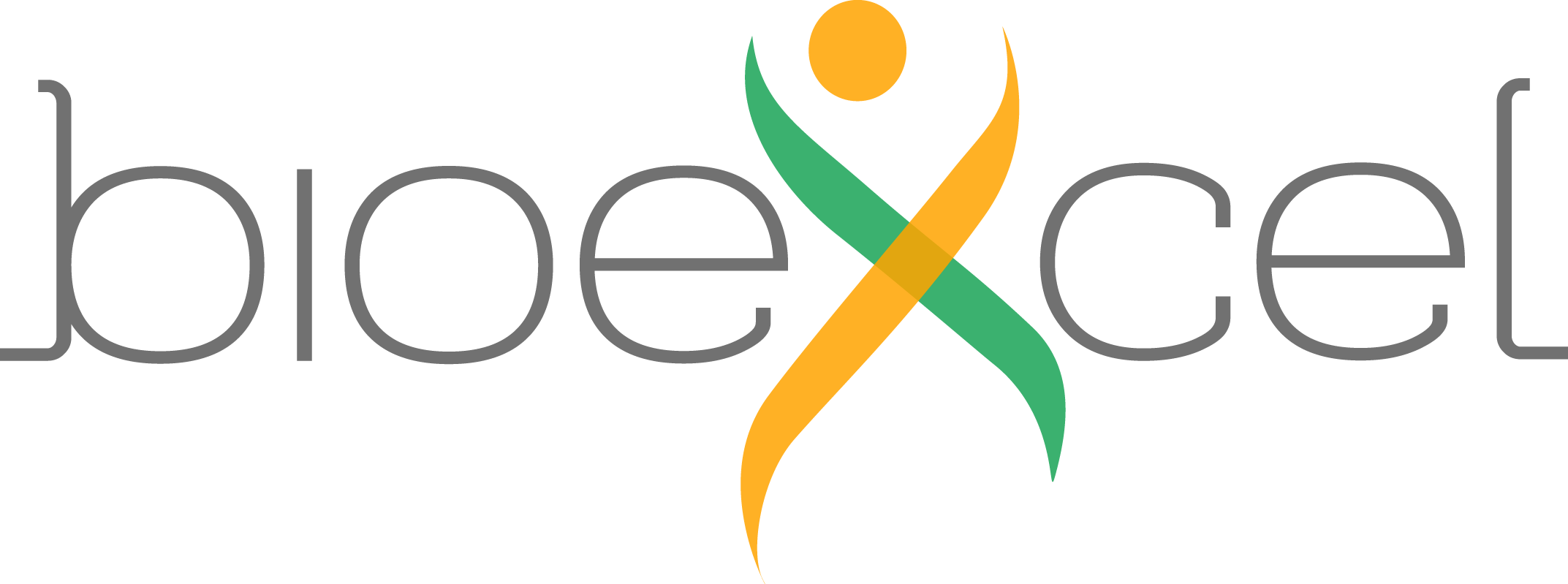This tutorial aims to illustrate the process of checking a molecular structure before using it as an input for a Molecular Dynamics simulation. The workflow uses the BioExcel Building Blocks library (biobb). The particular structure used is the crystal structure of human Adenylate Kinase 1A (AK1A), in complex with the AP5A inhibitor (PDB code 1Z83).
Structure checking is a key step before setting up a protein system for simulations. A number of common issues found in structures at Protein Data Bank may compromise the success of the simulation, or may suggest that longer equilibration procedures are necessary.
The workflow shows how to:
- Run basic manipulations on structures (selection of models, chains, alternative locations
- Detect and fix amide assignments and wrong chiralities
- Detect and fix protein backbone issues (missing fragments, and atoms, capping)
- Detect and fix missing side-chain atoms
- Add hydrogen atoms according to several criteria
- Detect and classify atomic clashes
- Detect possible disulfide bonds (SS)
An implementation of this workflow in a web-based Graphical User Interface (GUI) can be found in the https://mmb.irbbarcelona.org/biobb-wfs/ server (see https://mmb.irbbarcelona.org/biobb-wfs/help/create/structure#check).
- biobb_io: Tools to fetch biomolecular data from public databases.
- biobb_structure_utils: Tools to modify or extract information from a PDB structure.
- biobb_model: Tools to check and model 3D structures, create mutations or reconstruct missing atoms.
- biobb_amber: Tools to setup and simulate atomistic MD simulations using AMBER MD package.
- biobb_chemistry: Tools to perform chemoinformatics on molecular structures.
- modeller: Software used for homology or comparative modeling of protein three-dimensional structures.
- jupyter: Free software, open standards, and web services for interactive computing across all programming languages.
- nglview: Jupyter/IPython widget to interactively view molecular structures and trajectories in notebooks.
- plotly: Python interactive graphing library integrated in Jupyter notebooks.
git clone https://github.com/bioexcel/biobb_wf_structure_checking.git
cd biobb_wf_structure_checking
conda env create -f conda_env/environment.yml
conda activate biobb_wf_structure_checking
jupyter-notebook biobb_wf_structure_checking/notebooks/biobb_wf_structure_checking.ipynbClick here to view tutorial in Read the Docs
Click here to execute tutorial in Binder
2023.3 Release
This software has been developed in the MMB group at the BSC & IRB for the European BioExcel, funded by the European Commission (EU H2020 823830, EU H2020 675728).
- (c) 2015-2023 Barcelona Supercomputing Center
- (c) 2015-2023 Institute for Research in Biomedicine
Licensed under the Apache License 2.0, see the file LICENSE for details.

